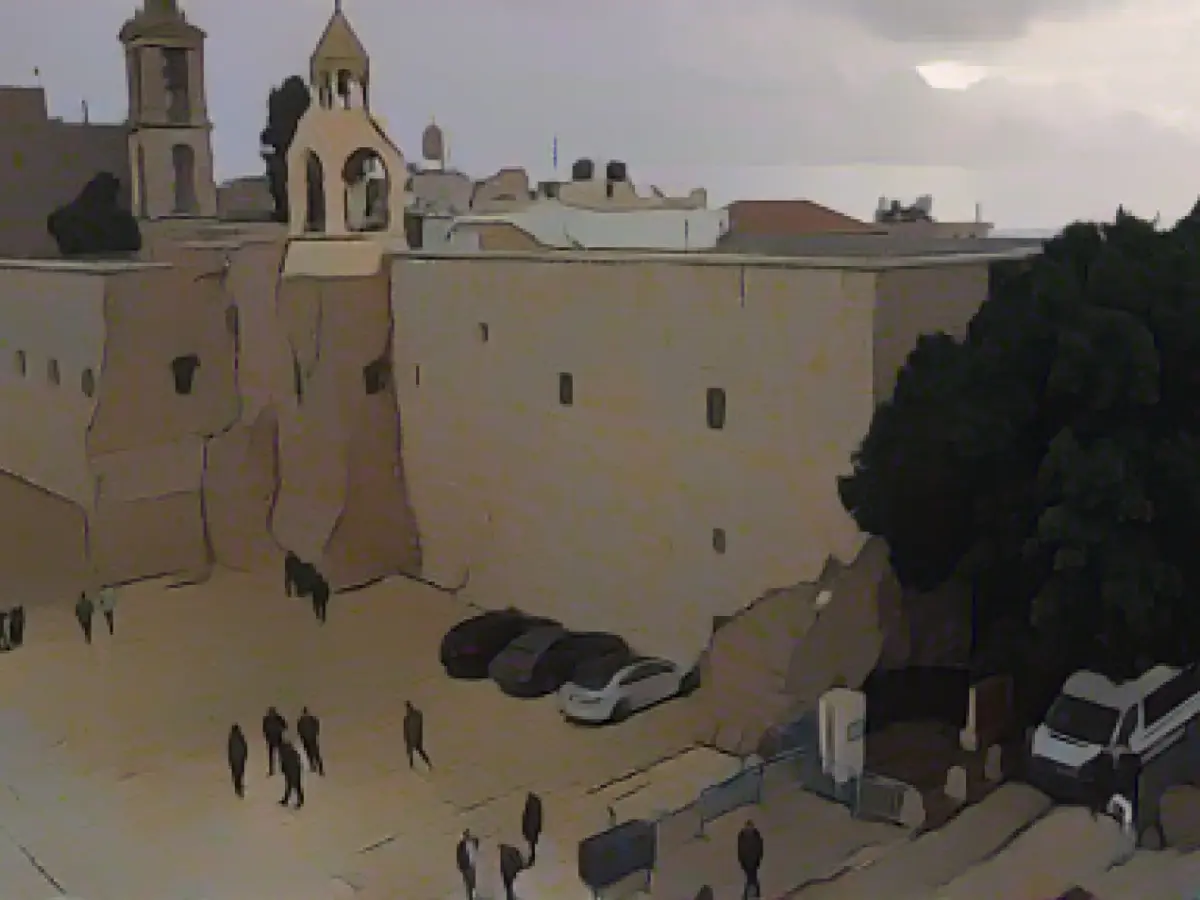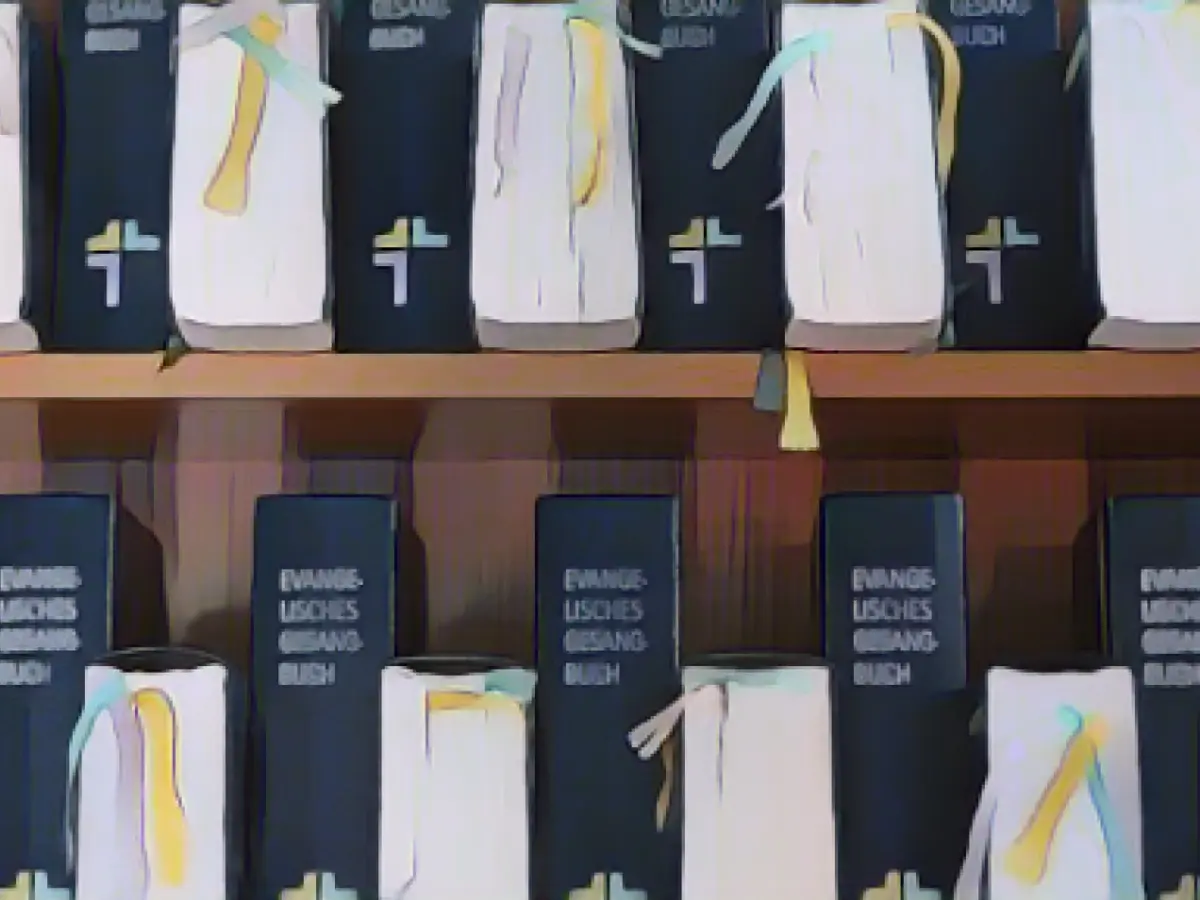In the shadow of the ongoing conflict in Gaza, a subdued Christmas celebration is unfolding in Bethlehem. This year, a smaller than usual procession led by Cardinal Pierbatista Pizzaballa, the highest Catholic Church representative in the Holy Land, began its journey from Jerusalem to the Church of the Nativity in Bethlehem.
Accompanied by only a few Franciscans and a handful of believers, the procession passed through the historic Old City of Jerusalem, eventually reaching the Church of the Nativity. Underneath its altar lies the grotto, traditionally the birthplace of Jesus Christ, over 2000 years ago.
Bethlehem, normally teeming with tens of thousands of pilgrims during Christmas, lies eerily quiet. The proximity of war and an imposed lockdown by Israel have left the city almost deserted. The grand Christmas tree that usually graces Manger Square during the Advent is missing, replaced by a somber silence.
During the annual pilgrimage, the procession traditionally makes a stop at the tomb of Patriarch Rachel, equally revered by Christians, Jews, and Muslims. Israeli soldiers closely monitor this site at a heavily fortified checkpoint, where the participants must return through other Israeli checkpoints that often restrict vehicle passage.
While the conflict in the Palestinian territories continues, the Catholic Church and its followers persistently express their faith. However, the area's complex religious landscape, steeped in wars and conflicts around holy sites, adds a bitter-sweet dimension to the celebrations.
Regrettably, economic strains are also prevalent in the region. With 70% of Bethlehem's income derived from tourism, the absence of foreign tourists, particularly major airlines, and closed hotels have led to significant unemployment. The insecurity, compounded by military raids and crackdowns, further deepens the gloom surrounding the celebrations.
The humanitarian crisis in Gaza, a result of the ongoing conflict, also permeates the Christmas celebrations in Bethlehem. Over 20,000 Palestinians have lost their lives, and more than 50,000 have been injured. With over 85% of Gaza's 2.3 million residents displaced, a sense of sadness, grief, and anger prevails in the region, casting a shadow on the festivities in Bethlehem.
Local residents and business owners express their anxieties and regret, acknowledging the lack of justification for celebrating in an otherwise bleak environment. The mayor of Bethlehem, Hana Haniyeh, emphasized the message of sadness and grief before the global community, reflecting the gravity of the ongoing conflict.
Despite these intertwined challenges, the faithful continue their annual pilgrimage, seeking solace and unity amidst the chaos. It serves as a constant reminder of the intricate connections among Israel, its neighbors, and the world's diverse religious communities.
Sources:








